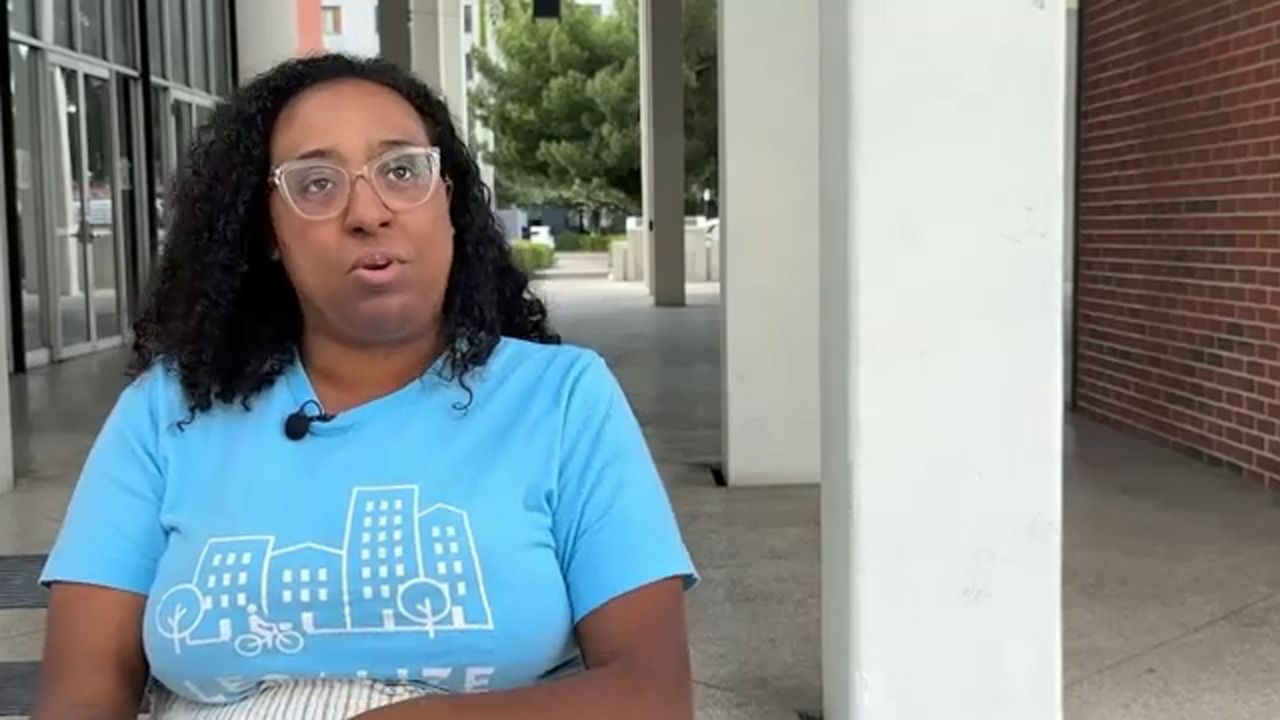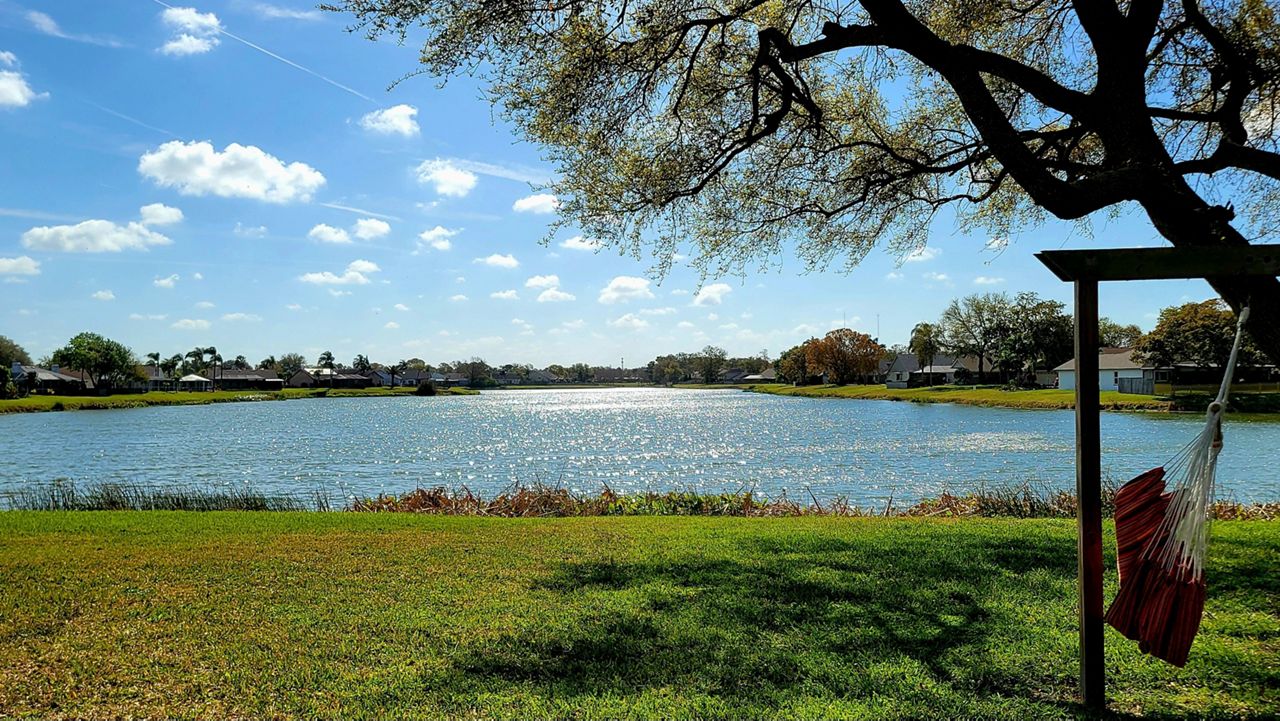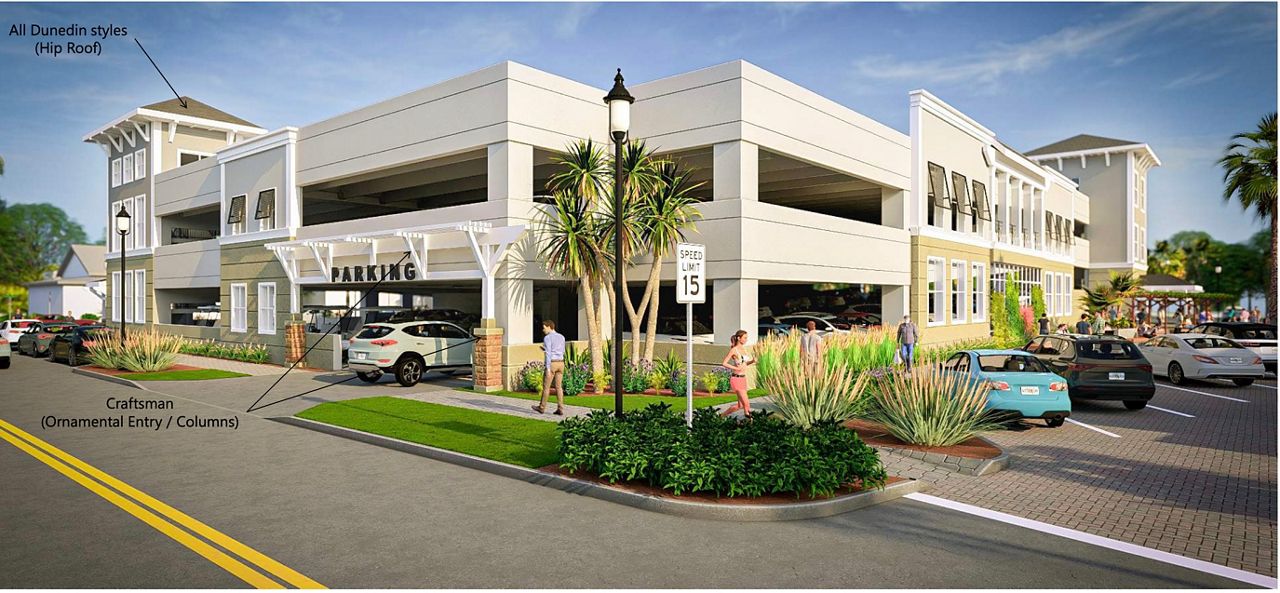TAMPA — Tatiana Morales now knows it was foolish.
“When I graduated college — very silly of me — I thought ‘Oh, I’ll be able to get a great job and afford to live wherever I want in the city of Tampa,’” Morales recalls. “(But) when I started looking at rents and living places, my options shrunk dramatically."
The cost of housing stood in her way. The lack of supply in Tampa made the struggle ever worse.
What You Need To Know
- The barriers to home ownership spurred Tatiana Morales to get involved with YIMBY Tampa, a group of volunteers trying to find solutions that end the housing crisis
- Morales started researching the history of housing in Tampa, and found barriers to home ownership for people of color that went back decades
- Morales still sees remnants of the inequity today, especially in zoning
Ten years later, Morales says she is no closer to being able to afford a home in the city of Tampa, despite having a decent job in the city. She told Spectrum Bay News 9 she doesn’t have enough money to afford the down payment on a house. But, she has to spend so much in rent that she can’t save for a down payment either.
“I would like to have that stake (in Tampa), where I put ground in, where I’m a part of the city,” Morales said. “But unless I’m very, very wealthy, that’s not really possible.”
The barriers to home ownership spurred Morales to get involved with YIMBY Tampa, a group of volunteers trying to find solutions that end the housing crisis.
As part of her involvement, Morales started researching the history of housing in Tampa, and found barriers to home ownership for people of color that went back decades.
It's a history of racism that Hillsborough County outlined in a 2021 Non-Discrimination Plan, as they plotted a more equitable future.
Here are some of the examples of racism in Tampa’s housing history, as outlined in the report:
Restrictive Covenants
The county found deed restrictions that specified certain property “shall never be sold, leased, or conveyed to any but white people,” while other restrictive covenants required that property never be sold or leased to people of “African descent.”
“It was very clear that blacks were just not welcome to live there,” said Rodney Kite-Powell, director of the Touchton Map Library at the Tampa Bay History Center.
The practice was later outlawed in the United States.
Redlining
One of the other barriers to home ownership in Tampa, like in a lot of big cities, was a policy called redlining. Under the practice, financial services — like lending for the purchase of a house — was withheld in certain neighborhoods deemed too risky. Those neighborhoods were often historically Black neighborhoods.
“It was no coincidence that often those neighborhoods that were redlined out, basically barring any financial assistance from financial institutions, were most often in minority neighborhoods,” Kite-Powell said.
Inequity of Resources
Morales noticed that certain neighborhoods — often minority neighborhoods — had problems with infrastructure, suffering from rundown streets that were poorly-maintained.

“The city didn’t necessarily fund the same level of improvements (in each area),” Kite-Powell confirmed. “Sewage and paving always lagged behind in these black communities.”
Development Moves; Residents Out
A number of houses in Hyde Park were destroyed due to the construction of the Crosstown Expressway in Tampa.
As the county notes in its non-discrimination plan, most of those houses were predominantly African-American neighborhood of Dobyville.
“Our city decided that an expressway to bring in suburbanites from other places was a higher priority than housing the people that lived there,” Morales said.
Morales still sees remnants of the inequity today, especially in zoning. She also sees a real estate market extremely difficult to break into, especially for a woman of color like herself.
“It works for some people — if you’re rich, white and having housing in your family,” Morales said. “I’m a child of immigrants. My family does not have generational wealth to give to me.”









